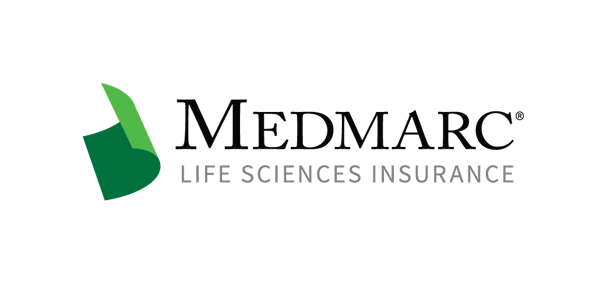A Guide to FDA's Labeling Guidelines on Biosimilars and the Implications for Products Liability
The field of biopharmaceuticals has witnessed significant advancements in recent years, particularly in the realm of biosimilars. Biosimilars are biological products that are similar to an already-approved reference product, with no clinically meaningful differences between the products in terms of safety, potency, and effectiveness. They undergo extensive analytical studies, clinical trials, and rigorous evaluations by FDA to determine their similarity. To ensure the safety and effectiveness of such products, the FDA has released new guidelines on labeling biosimilar and interchangeable biosimilar products, creating implications for future products liability actions involving these products.
The FDA's guidelines on labeling biosimilars and interchangeable biosimilars are summarized below. With these guidelines, the FDA aims to maintain patient safety and uphold the standards of quality and efficacy in the evolving field of biosimilars. In general, labeling should clearly convey the similarities, differences, and potential limitations of biosimilars. Labeling must also conform to the following FDA guidelines:
Key Elements of Biosimilar Labeling
- Dosage and Administration: Biosimilar labels include information on the recommended dosage, schedule, and administration instructions. This ensures that healthcare professionals have access to the necessary details for safe and effective use.
- Indications and Usage: The FDA requires biosimilar labels to clearly state the approved indications and conditions for which the biosimilar product can be prescribed.
- Safety Information: The labeling guidelines stress the importance of including safety information, adverse reaction profiles, and potential warnings or precautions associated with the biosimilar product.
- Clinical Studies: Any clinical studies conducted to establish the similarity of the product are summarized in the labeling.
- Reference Product Information: The labeling also provides information about the reference product, allowing healthcare professionals and patients to compare properties, characteristics, and relevant clinical data.
It is essential for manufacturers and distributors alike to familiarize themselves with these guidelines both to ensure regulatory compliance and mitigate products liability risk. In a products liability action arising from a biosimilar product, whether the product’s labeling conforms with the guidelines will impact the ability to defend the product against a failure-to-warn claim or other allegations regarding the label’s ability to identify any potential hazard and inform the user about how to avoid it. Labeling that does not conform with these FDA requirements may result in products liability for the companies making and distributing the product.
As the field of biosimilars continues to expand, the FDA's commitment to transparent and precise labeling guidance will undoubtedly play a crucial role in shaping the future of biosimilars as well as influence how these labels are assessed in products liability actions.
For additional resources contact the Marketing department
Phone: 888-633-6272
Medmarc is a member of ProAssurance Group, a family of specialty liability insurance companies. The product material is for informational purposes only. In the event any of the information presented conflicts with the terms and conditions of any policy of insurance offered from ProAssurance, its subsidiaries, and its affiliates, the terms and conditions of the actual policy will apply.
Copyright © 2025 - Medmarc
